
Discover the average custom closet cost, including price ranges and key factors, to help you budget and plan your project with confidence.
The average U.S. homeowner spends $650 on a custom closet design, but the cost ranges from $400 to $1,200, depending on its complexity.
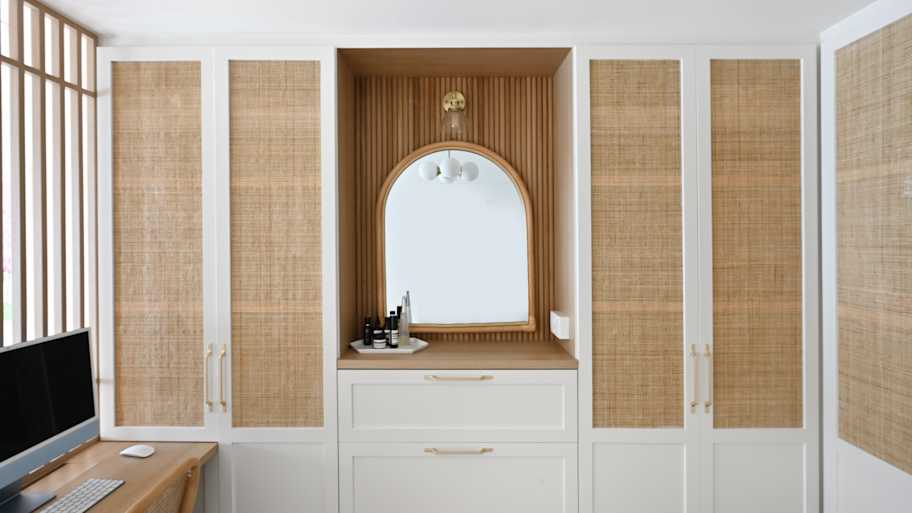

Materials used can impact the budget if they require specialized design plans.
The location of the custom closet matters for design costs.
Walk-in closets are usually the most expensive to design.
The cost to design a closet is $650 on average, but can run as low as $300 or as high as $2,000. These designs take more than sketching some lines on a piece of paper, and homeowners should be aware of the costs (and what impacts it). The type of closet, design style, and materials used will all affect the design costs, not just the costs of construction. Learn all the factors that influence your design’s bottom line.
The good news is that design costs shouldn’t be affected much by the square footage of the closet design. While a build of 200 square feet will obviously cost more than one of 50, designing doesn’t scale in costs like that. Where size starts to matter is when the size is large enough that you need to add weight-bearing beams, arches, and new closet doors.

Your type of closet factors into its cost to design more than its size. Walk-in closets are almost always the most expensive, but costs can change if your closet will be installed in a space where previously there wasn’t one—often the case with reach-in closets. One of the reasons walk-ins cost more is due to their size. Because they’re big, they tend to have far more special features than other types.
| Closet type | Average cost |
|---|---|
| Reach-in | $200–$700 |
| Walk-in | $300–$900 |
| Standalone | $200–$500 |
| Built-in | $150–$450 |
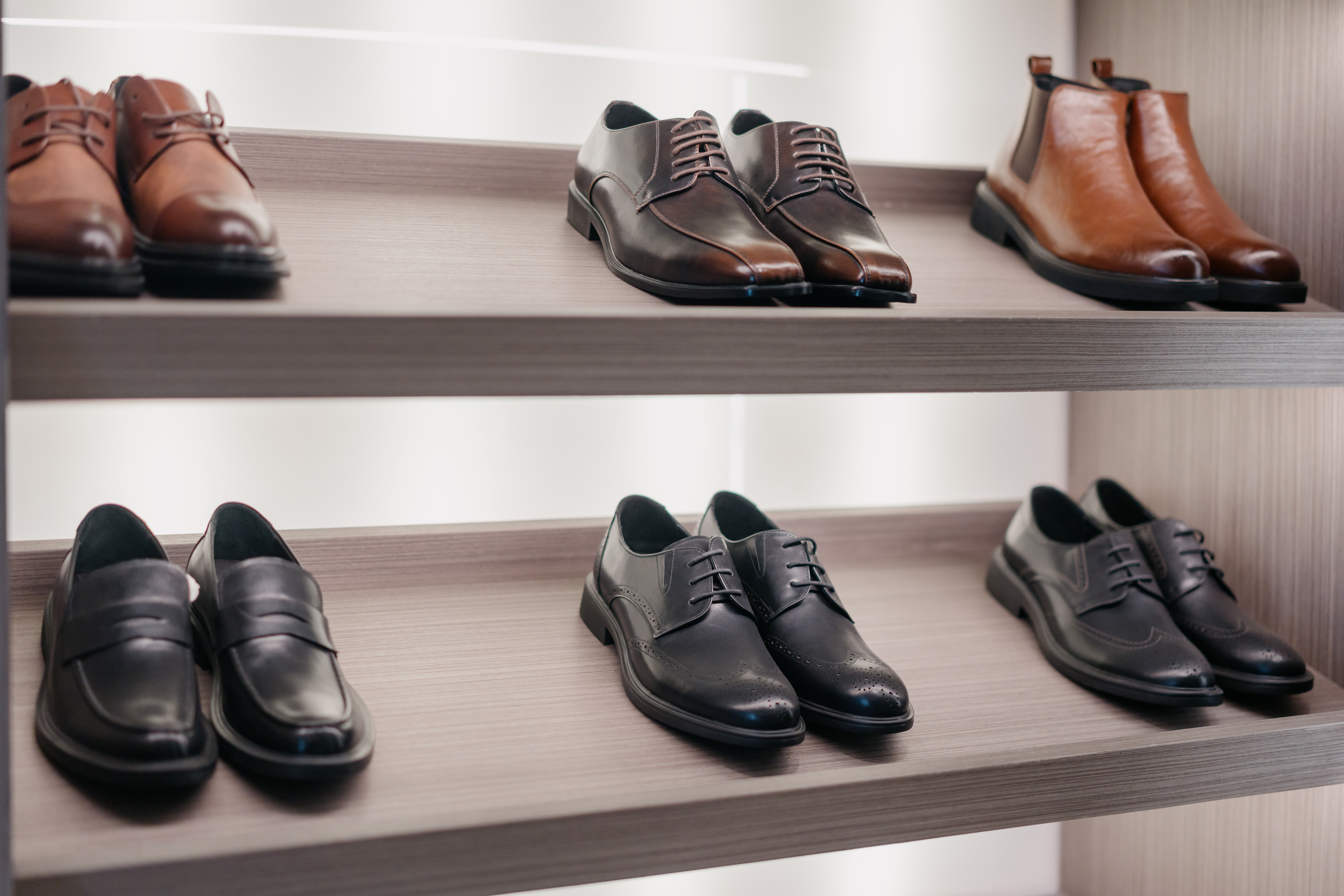
A local closet contractor would be able to design your custom closet and then build it. These closet pros charge between $50 and $100 per hour for labor fees. A general contractor may not even design the work unless they would be the ones doing the construction, wrapping the design fee into their project cost—between 15% and 25% of the total.
We strongly recommend working with a closet professional. However, there are a few other pros who you may want to bring in when planning your closet.
While a closet pro or general contractor can design your closet, you may need a carpenter to weigh in if you’re going heavy on the wood or adding intricate wooden detail. Carpenters commonly charge between $30 and $200 per hour. Where a carpenter falls on this range is based on their skill, availability, and the project’s complexities.
Any intricate electrical work will need to be overseen by a pro. That being said, this isn’t a common occurrence when designing a custom closet. Most closet pros should be able to handle basic wiring work. If you do need the extra insight, expect to pay electricians an hourly rate between $50 and $100 per hour.
You shouldn’t need an architect unless you’re making significant changes to your existing home. However, you may know an architect or you trust one who could deliver a solid design plan. Expect to pay architects hourly, somewhere between $125 and $250 per hour, to design your custom closet.
Location plays a role in design costs, but not as much as you might think. Major metropolitan areas like San Francisco and Miami will have higher design costs per hour, but there will also be many more closet designers and architects to choose from. We can say that location certainly can impact design costs, but shouldn’t be more than a 20% deviation from the average either way.
While you’ll probably let your contractor pull your permit when it comes to building, it might not be an added cost when designing your closet. Permits can cost between $300 and $2,000 for the actual construction of the closet, but since your designer won’t be handling it, this shouldn’t be a factor (although whoever is designing your closet should be aware of whether they’re required or not).
While some special features like pull-out baskets cost nothing to plan, there are accessories and special features that can add to the cost of the design phase. Any custom decorative elements, like lighting or woodwork can cost extra to plan. Expect to pay increased design costs for strange closet shapes, custom items requiring research, like electronic shoe racks or humidors, climate control, and anything requiring the adjustment of any walls or beams.
You can make some mockups of your design yourself, but when it comes down to the actual work, you should hire a pro. The cost isn’t astronomical, and you will be getting accurate designs. Remember that designs don’t just show what it will look like, but will also account for wiring, load-bearing sections, cabinetry, etc. Designers can often help you save money as they aren’t often making a profit during construction or material purchase.
There are many ways to save money during a custom closet build, but how do you save money during the design phase? The answer is, you need to get creative. Consider the following:
Using standard dimensions and right angles.
Don’t tell your designer the upper range of your budget.
Ask if anything can be reused during construction.
Consider premade shelving units from box stores.
Evaluate every material to see if there is a less expensive alternative.
The biggest impact you’ll see is from increased interest. Potential buyers who value custom work, especially large walk-in closets, may bid higher than if the home were to have more standard closets. However, you probably won’t see a direct dollar-for-dollar increase in your home’s value or sale price. While built-in closets can see up to 50% of their cost recouped, custom work varies based on the completed project and the value of such work in your specific market.
Home is the most important place on earth, which is why Angi has helped more than 150 million homeowners transform their houses into homes they adore. To help homeowners with their next project, Angi provides readers with the most accurate cost data and upholds strict editorial standards. We extensively research project costs to develop the pricing data you see, so you can make the best decisions for you and your home. We rely on reputable sources, including the U.S. Bureau of Labor Statistics, academic journals, market studies, and interviews with industry experts—all to ensure our prices reflect real-world projects.
Want to help us improve our cost data? Send us a recent project quote to [email protected]. Quotes and personal information will not be shared publicly.
From average costs to expert advice, get all the answers you need to get your job done.

Discover the average custom closet cost, including price ranges and key factors, to help you budget and plan your project with confidence.
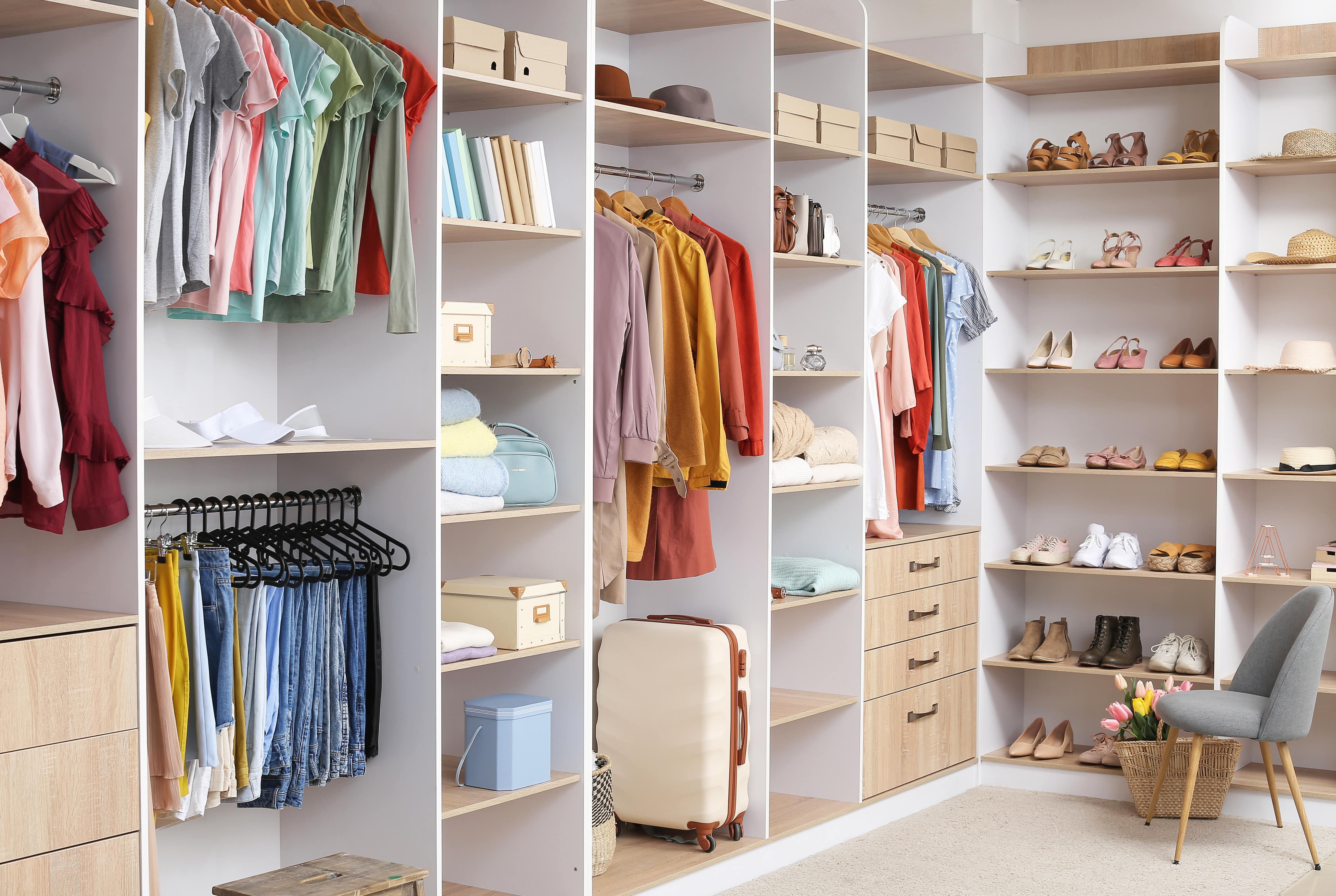
Discover the cost to hire a professional closet organizer, including average prices, cost factors, and tips to help you budget and maximize your investment.
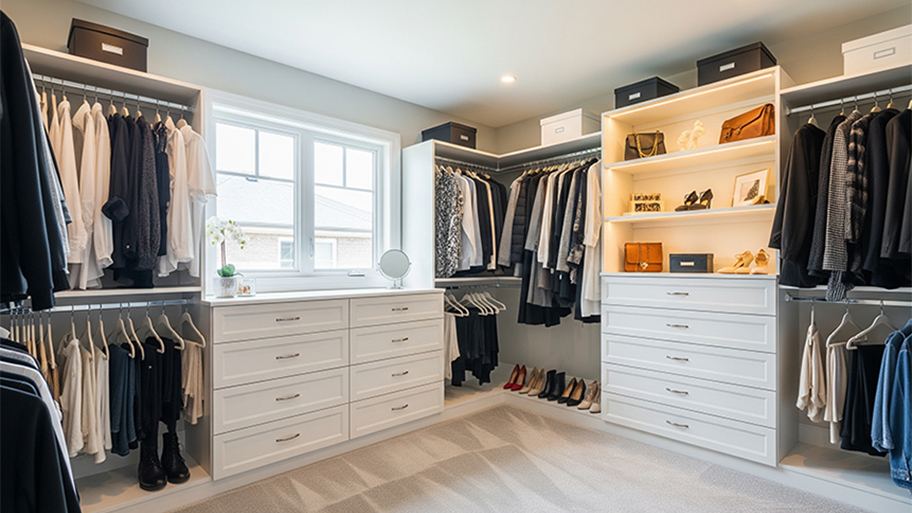
The cost of a closet remodel depends on the closet size, materials used, and the level of customization. Learn what else influences your closet remodel cost.
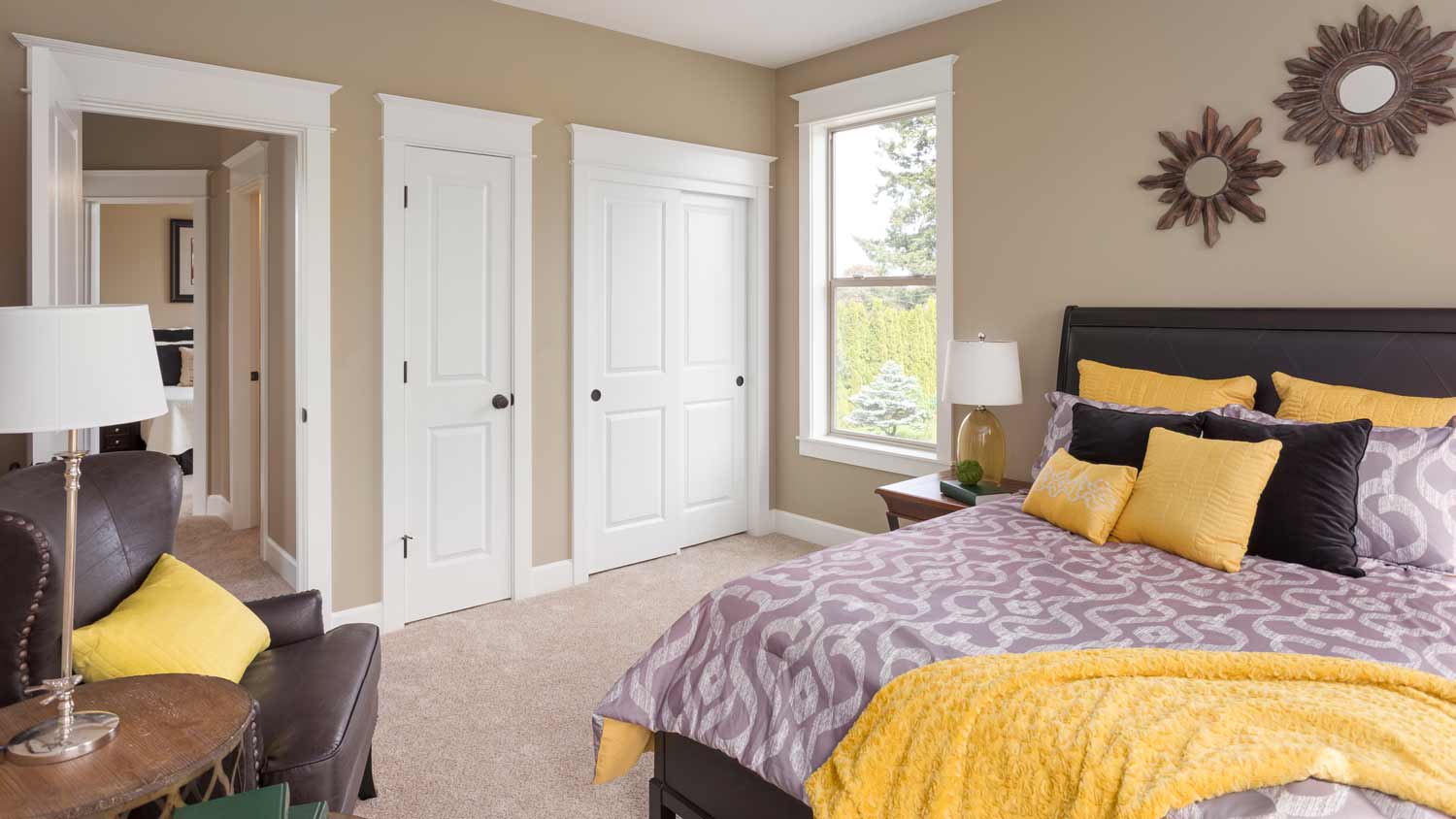
Discover the sliding mirror closet door installation cost, including material, labor, and additional expenses. Learn how to budget and save on your project.
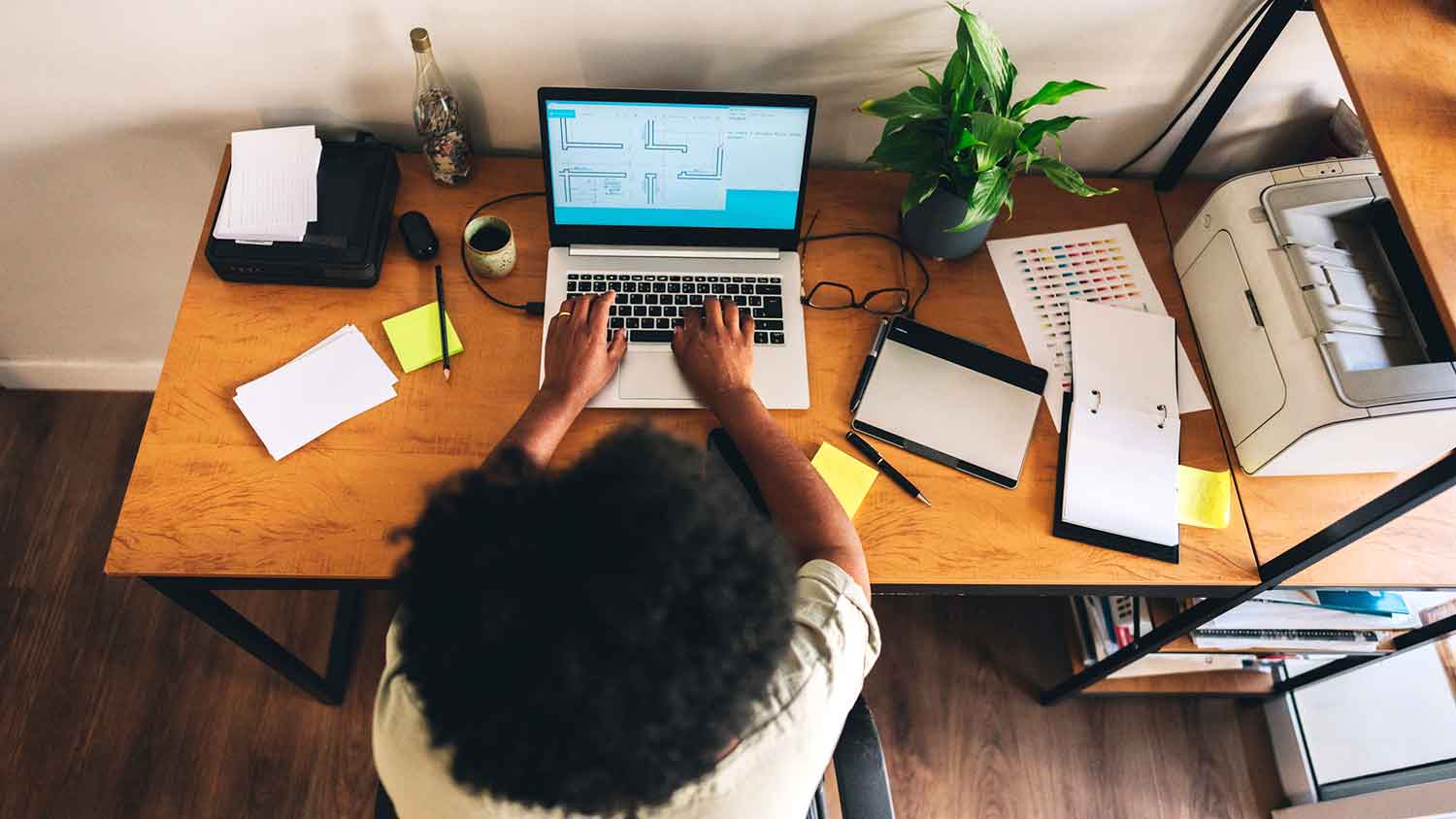
Need a home office but are short on space? Convert your closet to an office and use these tips to maximize inspiration and productivity.
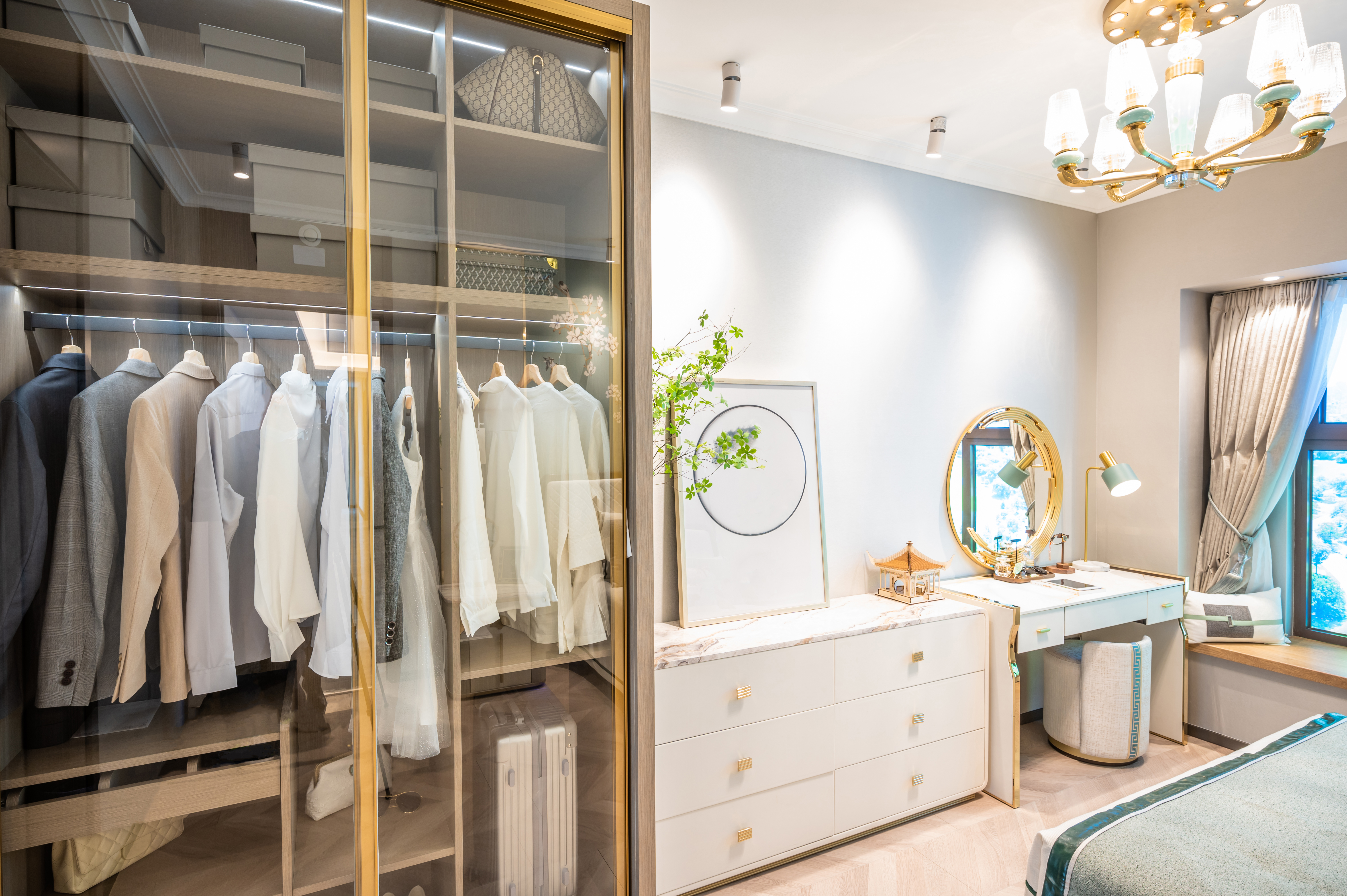
Reach-in closets tend to be of a similar size, but determining which one is right for your personal situation will come down to a few factors.